Yilan Kalesi at Ceyhan close to Adana
- Written by Portal Editor
- Category: Turkish Riviera
- Hits: 3145
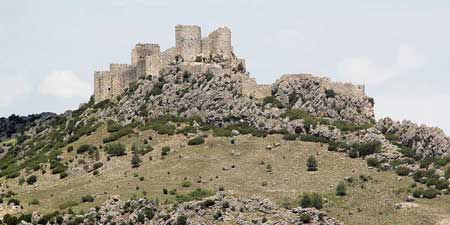
On the way to Sanliurfa we first passed Adana on the toll road E90 towards Ceyhan.
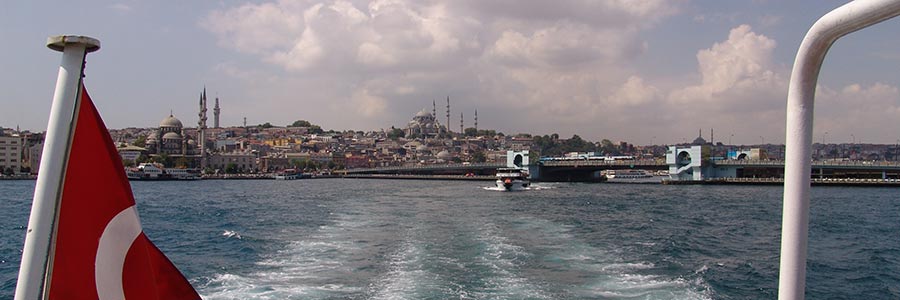
Since the founding of the republic in 1923 as the successor state to the Ottoman Empire, Turkey has been secular and Kemalist in orientation. The country's founder, Mustafa Kemal Atatürk, initiated a modernization of Turkey through social and legal reforms modelled on various European nation states.
The current President Recep Tayyip Erdoğan has been at the helm of the country since 2003. Since around 2012, he has led the country in an increasingly authoritarian manner. Freedom of expression and freedom of the press in particular are considered to be severely restricted. The currency and debt crisis triggered by its economic policies as well as high inflation have continued since 2018, which makes Turkey quite attractive from a tourist perspective.
The culture of today's Turkey is a fusion of the ancient Turkish nomadic culture of Central Asia and Siberia, the Greco-Roman era, the culture in the Ottoman Empire with its Byzantine, Persian, Arabic, Caucasian, Armenian and Kurdish influences, as well as the strong European direction since the founding of the Republic Ataturk. The cultural centre of the country is the metropolis of Istanbul.
With the political changes, the content of Turkish literature also changed. Early representatives include Fakir Baykurt, Sabahattin Ali, Sait Faik Abasıyanık and Yaşar Kemal, who put ordinary people at the centre of their work. With the turn to describing living conditions, social and political criticism of the state is inevitable. The state reacts with censorship and political violence. Authors like Nâzım Hikmet, Yaşar Kemal and Aziz Nesin spend many years in Turkish prisons because of the persecution of their publications. Kemal therefore referred to the prison as a “school of Turkish literature”.
Turkish cuisine has also influenced Greek and the rest of the Balkan cuisine - including etymology. For example, tzaziki comes from the Turkish cacık, and Ćevapčići comes from kabapcik. Yogurt also comes from Turkish Yoğurt. Doner kebab is made from beef, veal or poultry. In Turkey, but also in other countries, the kebab is also served on a plate.

On the way to Sanliurfa we first passed Adana on the toll road E90 towards Ceyhan.
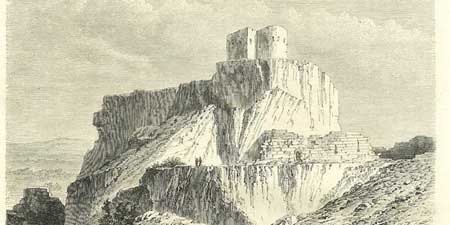
After visiting Yilan Kalesi fortress near Ceyhan and some very interesting days in Sanliurfa and Göbekli Tepe, we arrived in Tarsus on the way back towards Alanya.
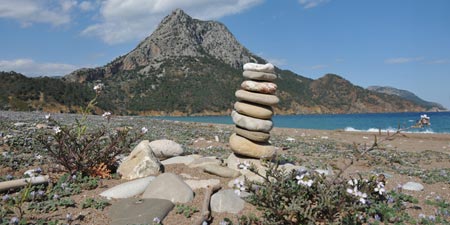
We accepted the invitation to participate in the event "Human Landscapes - Six Author Portraits of Turkey" at Akdeniz University (AKVAM) in cooperation with the Goethe Institute Izmir, which included the seminar on the presentation of 6 well-known writers (Nazim Hikmet, Yasar Kemal, Orhan Pamuk , Elif Safak, Murathan Mungan, Asli Erdogan) by the documentary filmmaker Osman Okkan in his own facility in Adrasan.
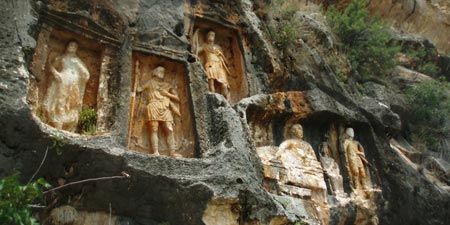
Another sight of Roman antiquity awaits the traveller of the Kizkalesi area at the end of a river bed, which the locals call Devil's Valley. Almost always dry as a bone in summer, you can use the Teufelstal river bed for a hike to the ancient stone sculptures of people – let’s go to Adamkayalar.
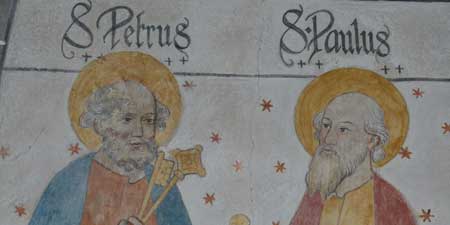
Excavations in the extremely fertile region of the Göksu Delta show a number of prehistoric relics, so that the settlement history at Silifke can be traced back to at least the Bronze Age.
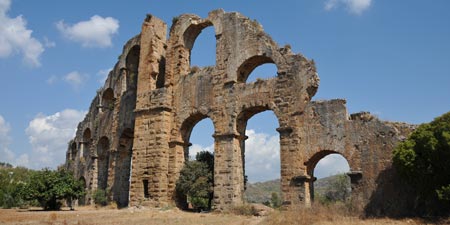
Shortly after our return to Turkey, after an extensive round trip through Germany, our friend Detlef from Halle announced that he would be visiting us for the coming weekend.
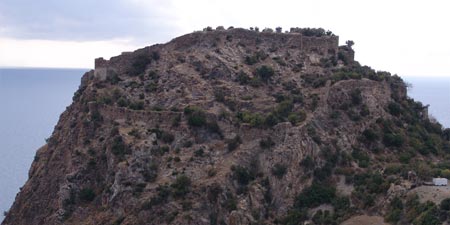
About 18 kilometers east of Selinus, which is now known as Gazipasa, the ancient city of Antioch ad Cragum once stood high on the rocks above the sea.
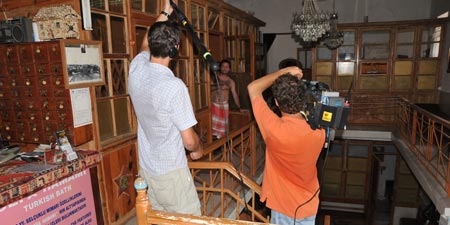
In March of this year we received a call from Germany, which came about through contacts at the Goethe Institute. On behalf of the Pro 7 series Galileo, Maximus Film GmbH was looking for places for the non-typical tourist documentation of travel destinations or tourist offers that the majority of German tourists might not find right away.
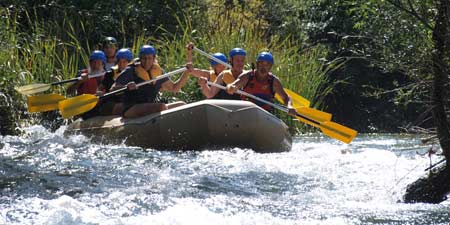
Our friend Martin had already invited to an event that required strength last year, but we couldn't do it due to time constraints. We were only able to talk our way out of it at the time because of the promise of participation this year: an insider rafting tour on the Alara River.
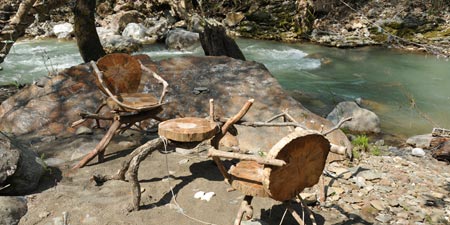
When our co-author Wolfgang Dorn travels to Turkey, it usually comes to a short get-together for a short trip to one of the many possible destinations along the Turkish Riviera.
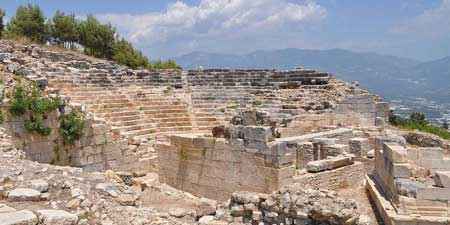
About 3 kilometres northwest of the city centre of Kumluca you will find the ancient city of Rhodiapolis on a hill that overlooks the entire valley to the sea and thus also Kumluca and Finike.
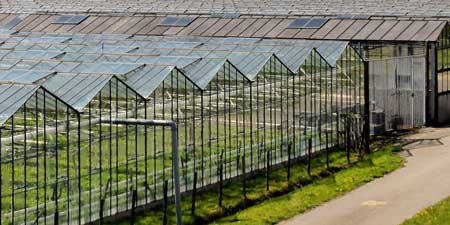
After leaving Antalya on highway 400, passing Kemer, Phaselis and Olympos, the road rises briefly to more then 500 meters above sea level. Reaching the other side, the view falls down to the valley and plain of Kumluca in Finike Bay, well known for its fruit and vegetable growing.
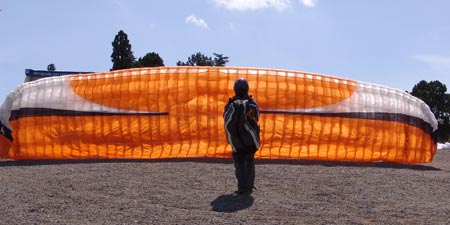
Our program would be taking us to XC paragliding event once more on Sunday. However, we were to meet with Beate whom we knew from West Virginia Ranch. We knew that she was taking a group of riders to İbradi uplands.

Emerging from the mountains in the Köprülü District of Antalya, the Alara Stream flows into the sea near the Boztepe village of Manavgat.

The final section, where the Manavgat River flows into the Mediterranean, is called the Manavgat Channel. This is probably because here the river runs for several kilometers parallel to the sea, giving the impression of a man-made artificial watercourse.

On a beautiful summer evening I set off in order to examine the Roman aqueduct that extends from Oymapınar Dam Lake of Dumanlı Spring, which is a technical masterpiece of ancient age and which has supplied water for public and private water facilities, nymphe pools, fountains, spas and houses, to the walls of Side.
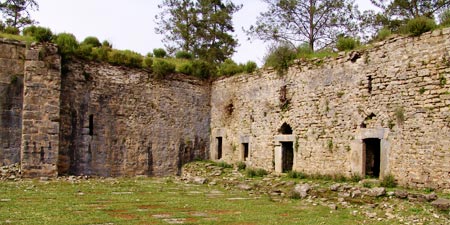
What a coincidence – while arriving at Kargıhan Caravansary from ancient city of Etenna together with Author Wolfgang Dorn we met Kaimakam Mr Hacı İbrahim Türkoglu from Manavgat together with his staff and couple of mayors from neighbouring towns to inspect Kargıhan Caravansary for later restoration and for small picnic at the complex.

Emerging from the Taurus Mountains and running through a number of amazing canyons, Köprüçay flows into the Mediterranean to the South of Serik, Antalya.

The Town of Manavgat, being 76 km away from Antalya, is founded on the fertile plains on both sides of the Manavgat River and carries the same name.

The Manavgat River, which originated in Taurus and was called Melas in antiquity, also formed the eastern boundary of ancient Pamphylia. Today it flows through the large Oymapınar Reservoir, one more smaller reservoir before it reaches Manavgat and flows into the sea a little later.